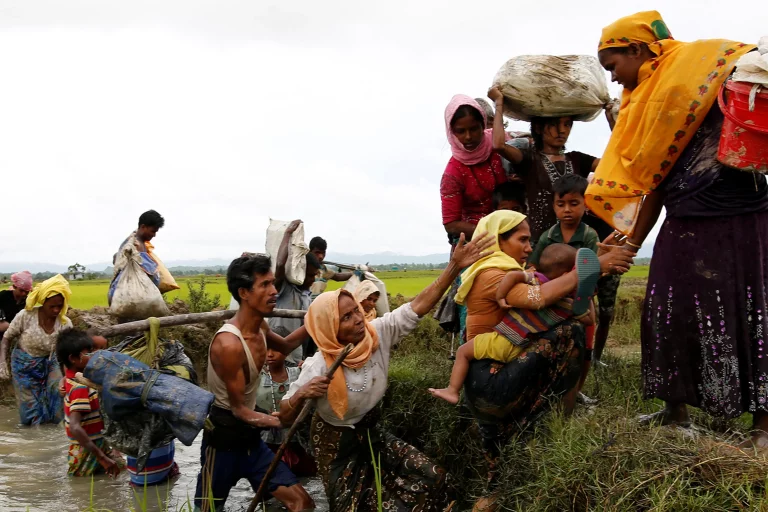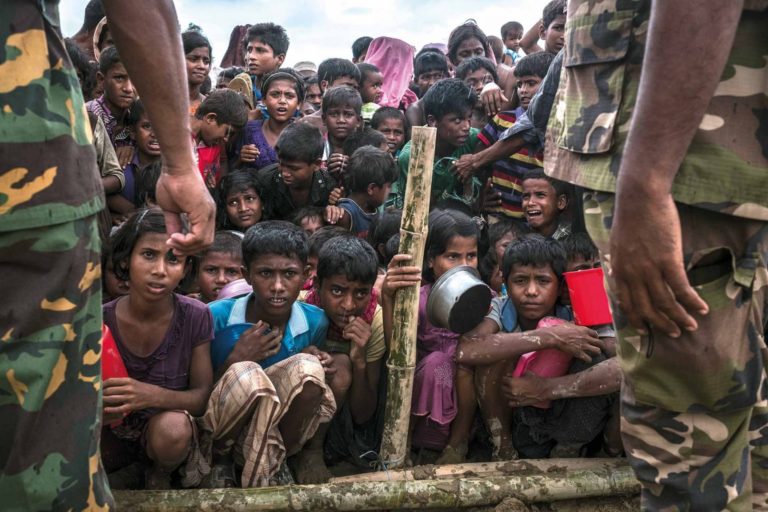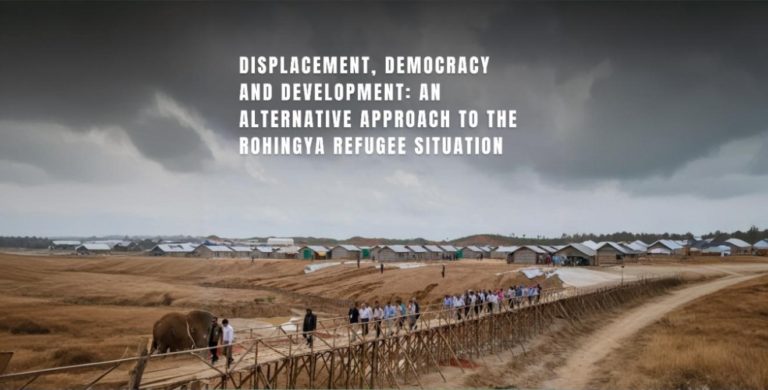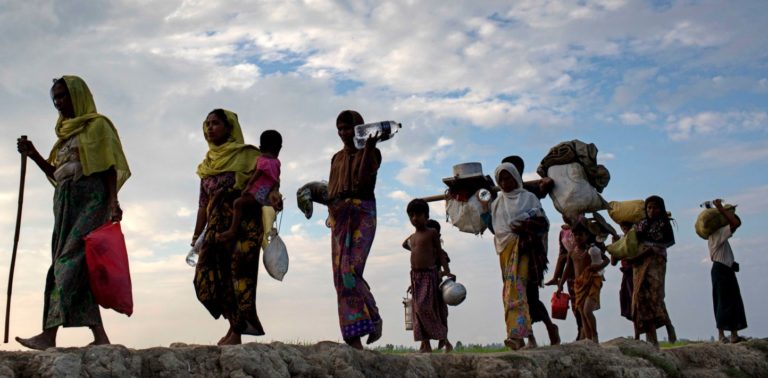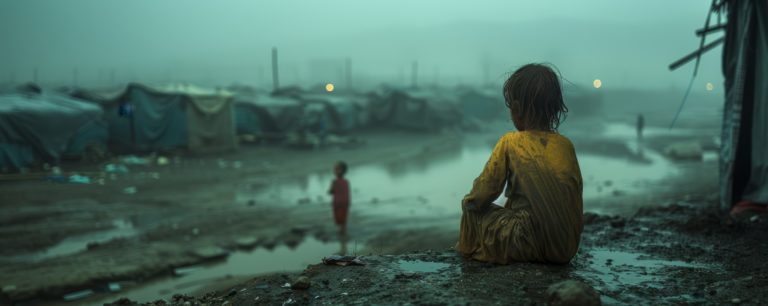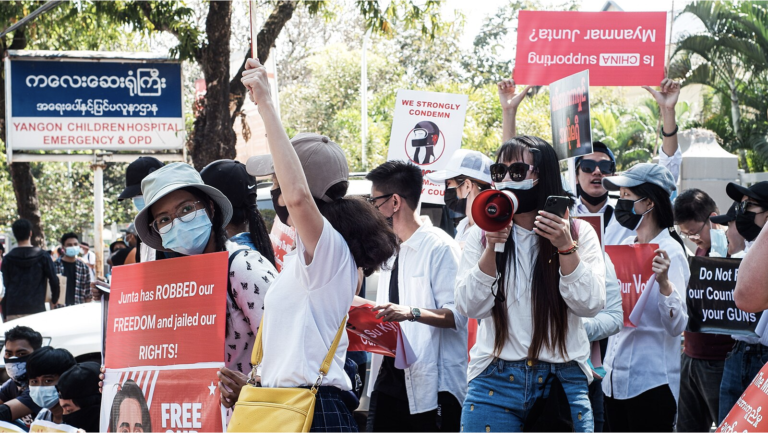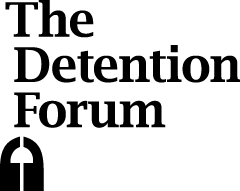Myanmar’s Rohingya population has been denied citizenship rights and subjected to systematic exclusion and mass expulsion for decades. Most of its approximately three million people are now living in other countries. The international community’s approach to the problem has focused primarily on the one million who have fled from Myanmar to Bangladesh. Responses to the crisis have been short term, focused on meeting basic needs. This approach has been inadequate. A broader strategy is now required, addressing the political, security and developmental dimensions of the situation.
Workshop: Alternative for Rohingya
On 5 September, UAI and UNA-UK co-hosted a hybrid workshop to launch a campaign for an alternative medium-term strategy, in advance of the International Conference taking place in New York on 30 September.

“In a world that is getting worse at addressing the root causes of displacement, we need sustainable planning for refugees, not reliance on policies designed for short term emergencies”.
Jane Kinninmont
UAI and UNA-UK have published “Alternative Approaches to the Rohingya Refugee Situation”, a report with findings and recommendations from the 5 September 2025 workshop in London, to be submitted to participants of the UN high-level conference on Rohingya Muslims and other ethnic minorities in Myanmar.
Latest Publications
-
“Alternative and Medium-Term Approaches to the Rohingya Refugee Situation”, by Dr. M. Sanjeeb Hossain
I’ve been studying the Rohingya refugee situation in Bangladesh since 2020. I’ve spoken to countless Rohingya refugees living in camps in Bangladesh. I’ve conducted research with Rohingya refugees and written with them. I’ve travelled to Bhasan Char twice, and those trips allowed me to gain a deeper sense of the situation there and the nature…
-
“Rohingya and Arakan: From Humanitarian Crisis to Comprehensive Solutions”, by Laetitia van den Assum.
From the author’s contribution to the Panel on Rakhine State, London workshop “Alternative Approaches to the Rohingya Refugee Situation,” September 5, 2025. Over the years, a considerable number of issues and problems related to the Rohingya have been defined. But solutions have mostly focused narrowly on how humanitarian assistance should be applied. For the upcoming…
-
New report: “An alternative approach to the Rohingya refugee situation”, by UAI and UNA-UK
A new report from United Against Inhumanity (UAI) and the United Nations Association – UK (UNA-UK) presents the findings of a multi-stakeholder workshop convened 5 September 2025, entitled ‘Alternative approaches to the Rohingya refugee situation’. Myanmar’s Rohingya population has been denied citizenship rights and subjected to systematic exclusion and mass expulsion for decades, with the…
-
“The Architecture of Rohingya Exclusion”, by Shafiur Rahman
The humanitarian discussion around Rohingya refugees often portrays Bangladesh as a generous host burdened by circumstances beyond its control. This “burdened host” humanitarian storytelling is everywhere. But this narrative misses the real story. Bangladesh has built a political economy of containment around the Rohingya refugee population. In fact, its posture as a reluctant host masks…
-
“Rohingya refugees in Bangladesh: restoring hope and humanity”, by Jeff Crisp.
UN Secretary-General Antonio Guterres has recently concluded a visit to Bangladesh, where he expressed great concern about the impact of impending aid cuts on the country’s one million Rohingya refugees, as well as their inability to return to their homes in Myanmar. In these circumstances, there is a need to adopt a sustainable and medium-term…
-
“As long as we carry that fire within us, the resistance will persist” – Interview with the Burmese activist Hnin Thet Hmu Khin.
Since the 2021 coup in Myanmar, young activists have led the resistance movement, differing from previous generations in their approach to ethnic minorities. Hnin Thet Hmu Khin, a humanitarian and activist from Yangon, shared her experiences in the youth movement and her hopes for the future of Myanmar. Could you discuss the resistance movement and…
